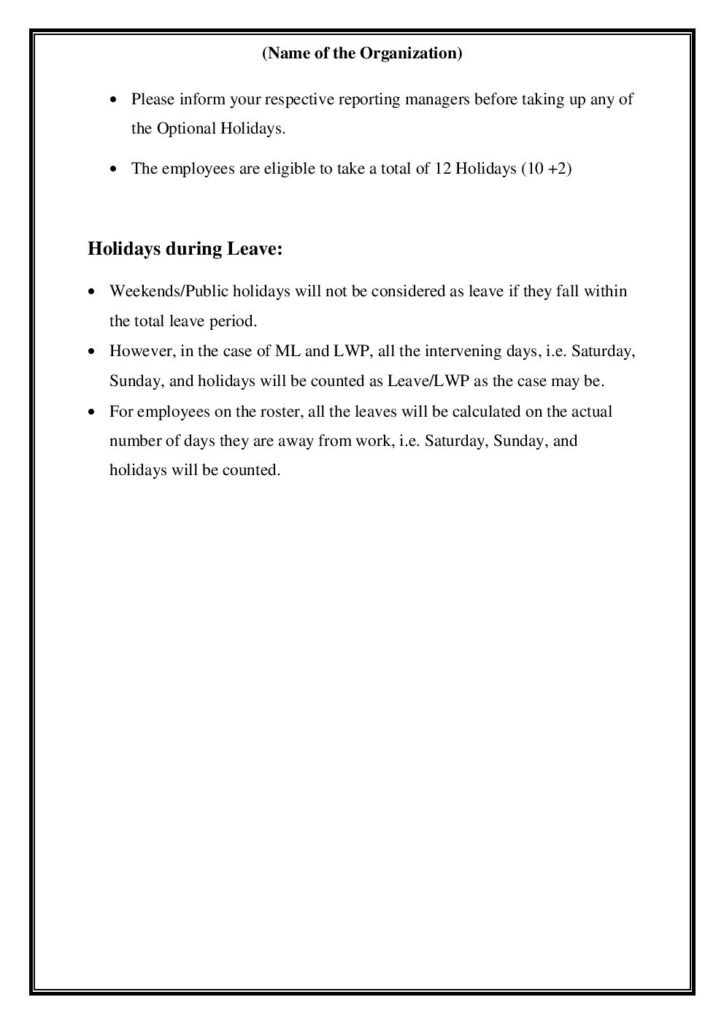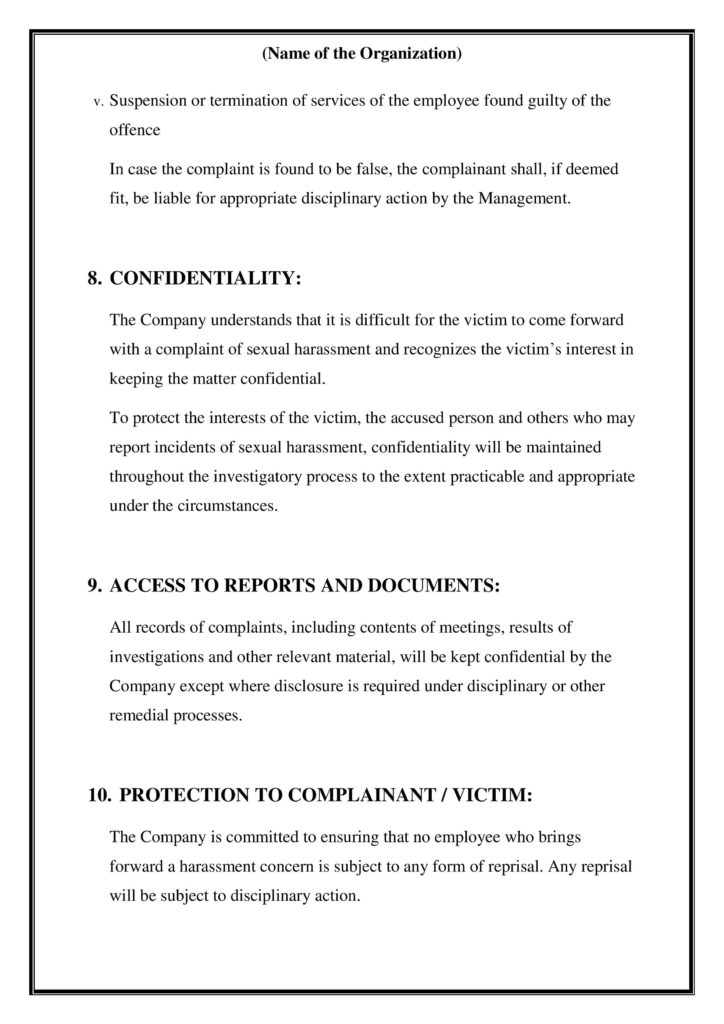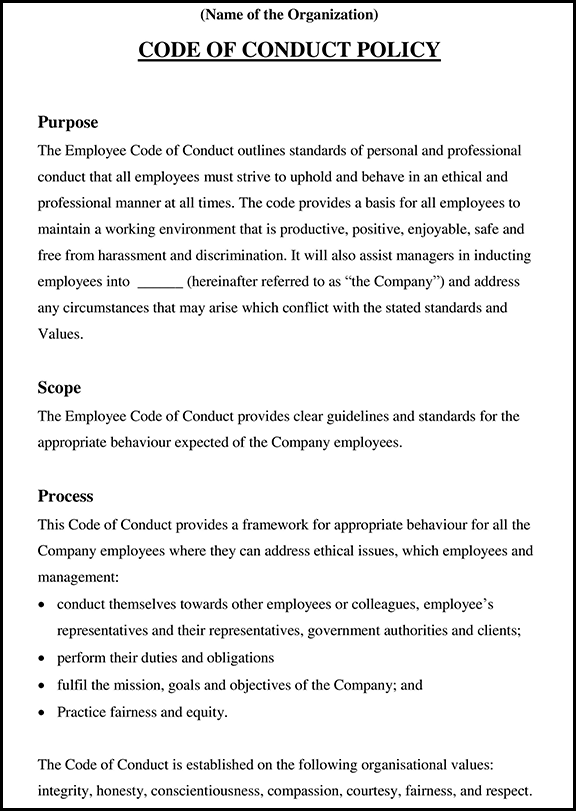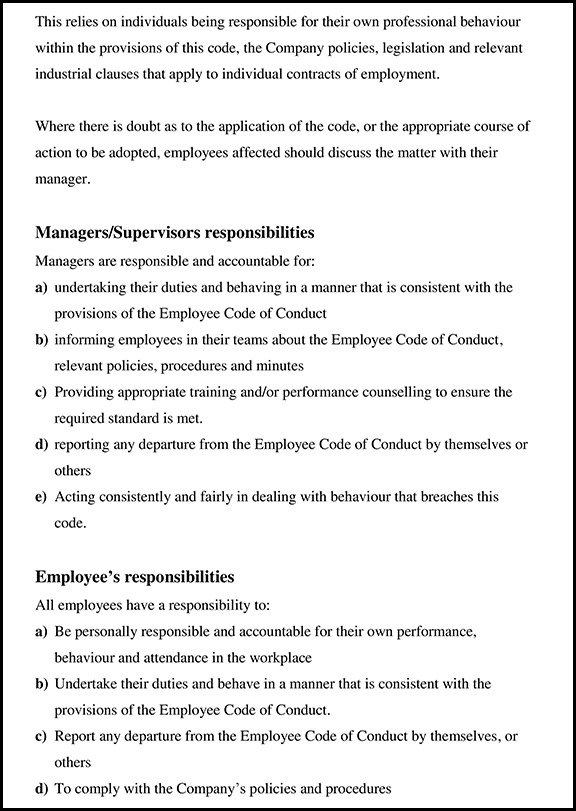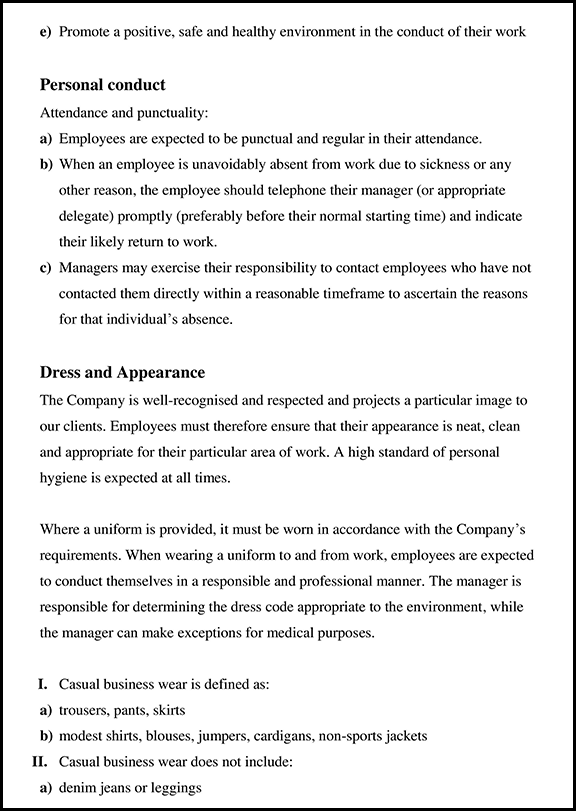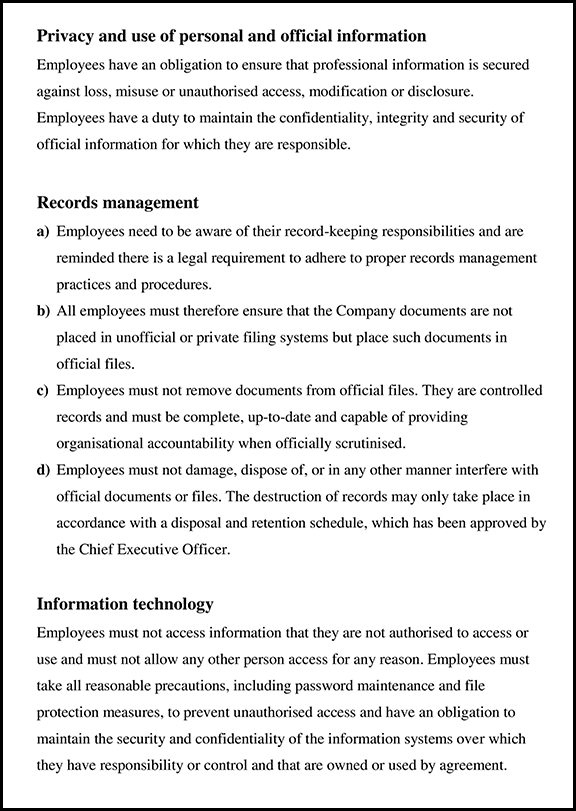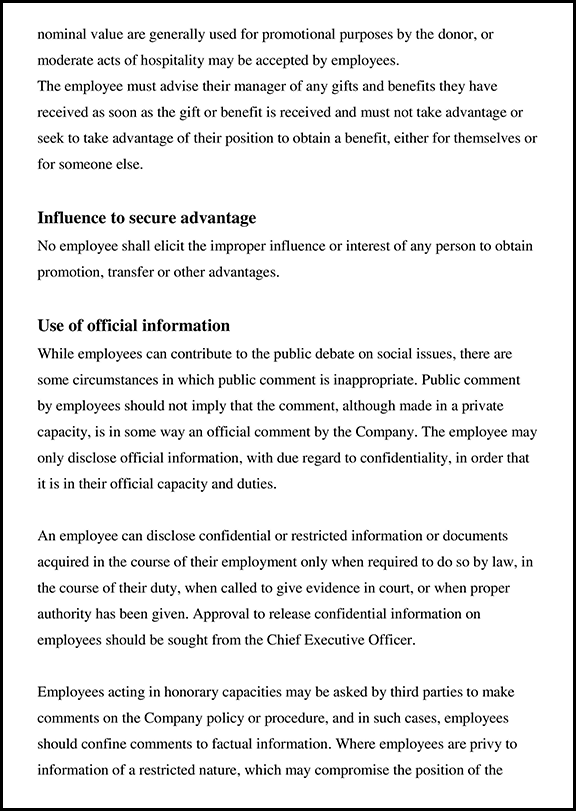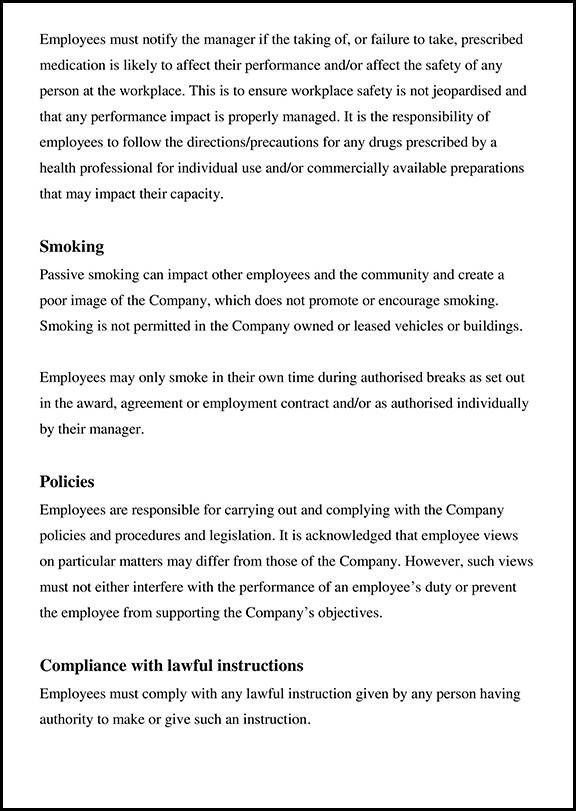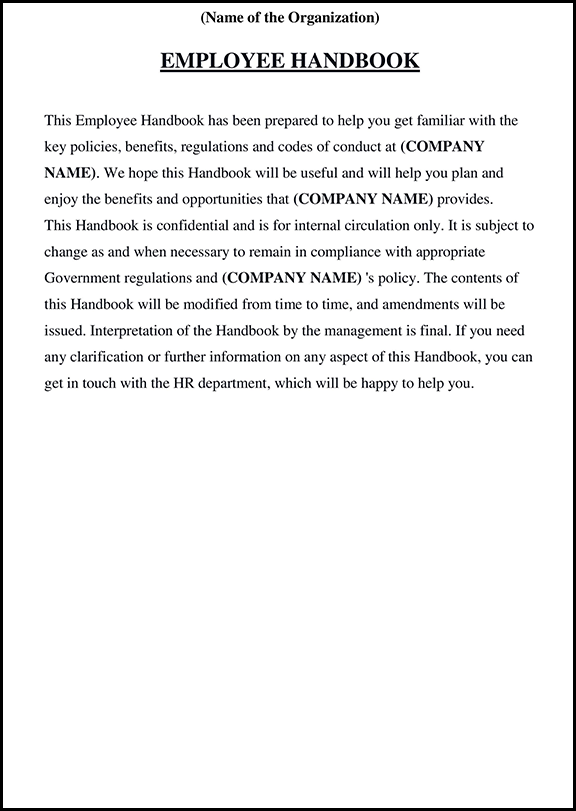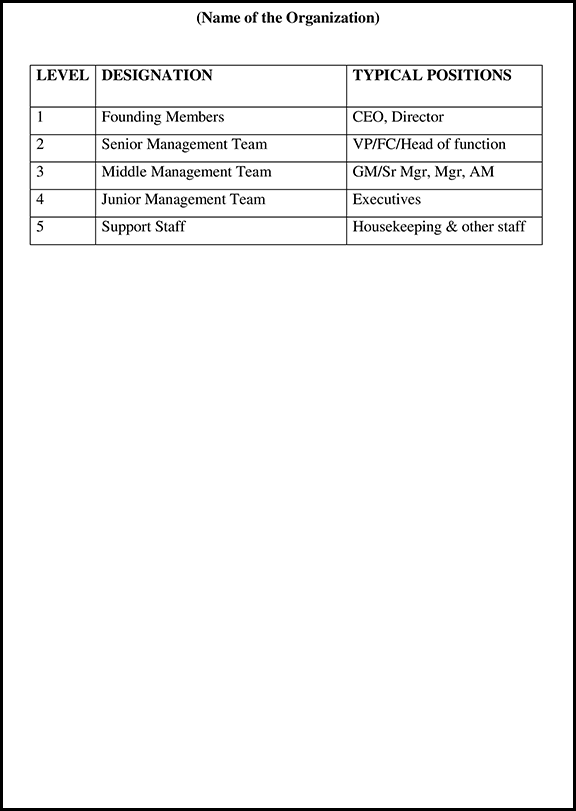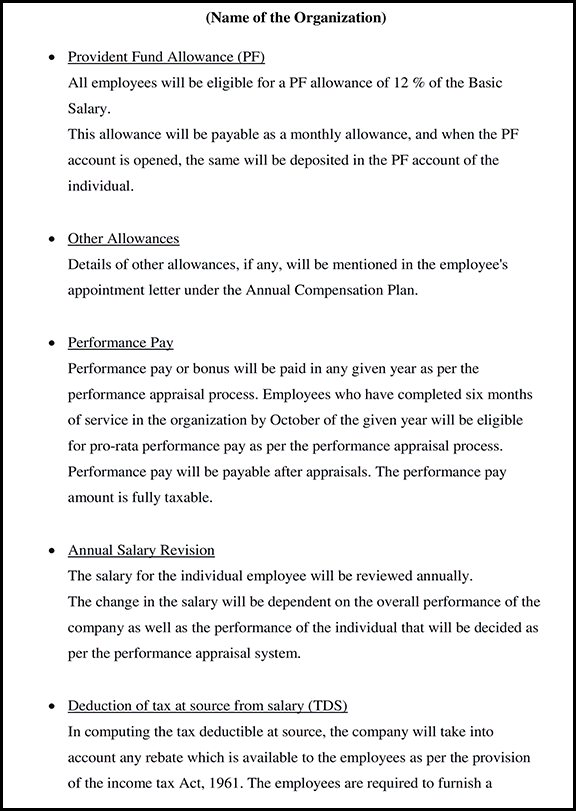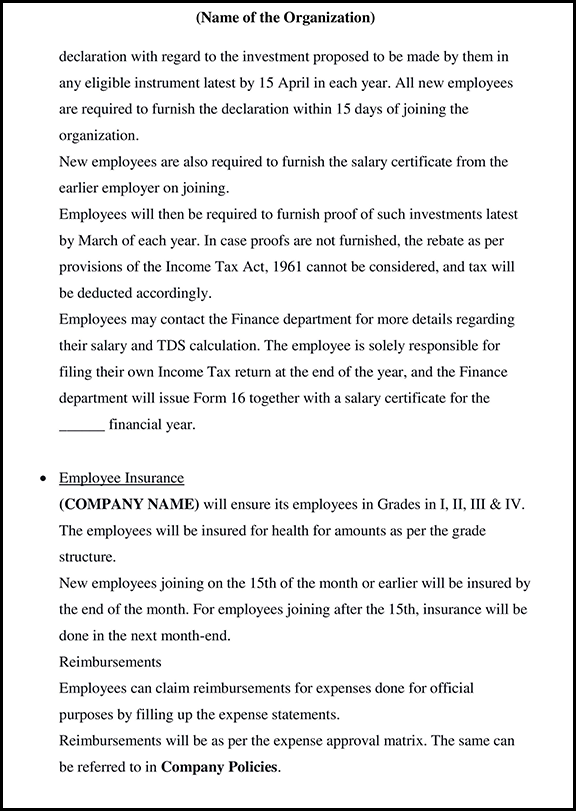
HR Budget Planning: How to Create Annual Budget 2024
HR budget essential element of any organization. It helps them to get a sufficient amount of funding for employee-related initiatives and programs. Implementing a budget is easy once you are well aware of a company’s strategy and goals. You should review the current activities of human resources. Also, it helps to forecast the human resources needs for the future. Budgeting strategizes the entire process.
Demonstrates what areas you fall short of funds. It also gives an idea of where you are spending more than required. It helps the company to work upon these loopholes and correct them to fulfill its goals and objectives. The article below on Budgeting will provide you with a detailed understanding of HR budgeting Planning. If you are beginning to learn the budgeting concept, it will increase your chances of making your first planning a great success.
What is HR budgeting?
The human resources budget is all about the funds which an HR allots for the smooth functioning of all the HR processes. The HR budgeting includes funds that are used for salaries, hiring of employees, training & development, planning, employee engagement, employee benefits, and welfare, etc.
HR budgets run through the information based on finance, performance, and results from each department or a team. As HR budgeting includes all the HR activity conducted, it is one of the most promising HR documents a company needs.
“HR budget answers where the company’s money should go rather than where it went.” budgeting helps in designing a clear expenditure structure. It makes plans for the individual budget allocation. This budget includes company expenses across a particular fiscal year. It’s a significant part of the company’s total rewards strategy. The budget should be well planned and well structured. It helps you understand what is to be done in the company and how much money is required to achieve it.
Budgeting is yearly anticipation of a company’s workforce, hiring, training requirements, and sustaining it further. Budgeting provides the estimated figures that are useful for the annual budget preparation. Also, if you want to establish a long-term budget plan, you need to be mindful of your decisions. You are required to think about all the resources that might be required for a particular year. The budgeting system should be built effectively and efficiently. It ensures the company’s long-term growth. Giving perks to the existing employees increases the productivity of companies. Companies should stop wasting their money on unnecessary hirings.
Note: People frequently think that Human Resource Budgeting means forecasting the cost requirements for hiring & staffing of employees. In reality, this isn’t true at all. It includes much more responsibilities and minor tasks which you forget to mention. Manages the whole process of money allocation. It, as a result, saves the company from an unseen risk in the future. Moreover, it motivates the organizations to have detailed knowledge of vacant job positions.
How do You Create an HR Budget?
The creation of budget planning requires proper analysis and skilled HR professionals. Companies can have extra expenditures if it’s not created with the help of an experienced HR. Henceforth, choosing fresher for this work is not going to lead to good results. You might need to Tie-up with HR agencies to fulfill your needs of budgeting. Creating the budget requires in-depth research, forecasting, and history evaluation. Highly experienced HR leaders generally perform the tasks related to the creation of a budget. Steps to create the HR budget is presented below
1. Check Organization’s History & Create the Landscape for Future Finances
In the first step towards creating the budget, you must deep dive into the company’s past financial record. Based on this, you need to set the budget for the future of the company. After considering this, you clearly understand the settlement area where investment can be lesser or more significant. Once you comprehend the past performances of the firm based on written records like balance sheets etc., you can find out the critical areas of improvement.
These areas of improvement are as crucial as the business of the organization. It is responsible for deciding the future and success of the company. Next, you need to plan and determine the most effective spend of money like facilities, training & development, salary, etc. Finally, you can do HR auditing if it is necessary to make the entire process easier.
2. Organizational Needs Analysis
In the first step, we determined that drawing a layout to spend the company’s money in various areas is essential. Now, since this thing is clear to us, you need to move forward to analyze the particular reason associated with the funding process. It would help if you determined a few things to assess and analyze the organizational needs specifically.
These things include deciding whether your company’s overall funding holds the possibility of utilizing various initiatives. These initiatives mainly serve organizations well in the future. In addition, it would be best to analyze that your expenditures are going at the right places to attract skilled labor for the organization’s long-term success. The entire budgeting process is easily streamlined once you have vital resources and planning for it.
3. Discover the Fund Allocation Strategy
Fund Allocation Strategy plays a vital role for both the employee’s retention and the company’s ethics. Once you correctly decide the funds that need to be given to the employees, you efficiently allocate the incentives and benefits. One of the intentions of making the fund allocation strategy is to fairly distribute the funds to the employees such that their motivation stays in place.
This way, they will put their 100% energy into each task company provides them. Henceforth, please keep a logical balance between the three critical areas of the company. These areas are costs incurred by the company, their current budget (based on previous years’ data and future add-ons), and the budget Spent on various segments like employees’ salaries, buying equipment, etc.
4. Review & Make Necessary Alterations in HR budgeting.
The budget set by the HR manager should not be static at all. On the contrary, it should be made flexible enough to get along with the time quickly. Generally, the budget holds the vital capacity to fight against competitors and the market’s trends. It is because the needs of the company are never the same. Due to the new technology, market trends, budget, and other factors, the necessary changes are time-based.
Henceforth, these existing budgets are manifested in a manner that makes it able to accept alterations in the future with the difference in the company’s needs. The changes can come in various forms, including internal company environment, work culture, interior design, infrastructure, and human resources.
Why is HR Budgeting Important?
Budgeting plays a vital role in the organization. budgeting allows you to prevent such mistakes, from misunderstanding the usage of money to crowding your company with new hires. Reasons addressing that why budgeting is essential are covered below.
1. Get the Right Talent
Becoming the center of attraction to hiring the right talent for the company is the need of the hour! Without the right talent, the company is always going to struggle to reach heights. Thanks to the detailed budgeting strategy for making the future of company grooming. This system allows the company to evaluate new employees, their sustainability, and productivity thoroughly. In addition, it rightly distributes resources to the cost incurred with the topmost talent-hiring, including their salary and other benefits.
2. Curtail Employee Turnover
The main goal of designing the budget is to define how the money is used in a particular year. Well-planned budgeting is required to curtail the high employee turnover rates. With the help of solid decision-making skills and analytical skills, you will be appropriately able to analyze the employee turnover rate. With the robust, the HR managers can make prompt and efficient decisions. These decisions will best meet the needs of employees’ hiring, training & development.
3. Save the Company From Overcrowding
The budget holds a compelling benefit. It is essential as it helps you stop wasting a company’s precious money on hiring and recruitment in bulk. HR budget moreover assists in designing a big graph where you can spend your budget in the training & development of the employees. The notion that having more money will help hire more employees is nothing but a misconception. It never works at all! All you need to concentrate upon is training and investing in them to upskill their knowledge. Overcrowding the company with inefficient talent is a clear path to coming downfall.
4. Stave off Understaffing
Budgeting has proved to be highly effective in eliminating the understaffing from the roots. Understaffing is not considered suitable for the companies as it increases various unseen costs for the company. These costs include the employer’s expense due to low employee performance, diminishing team spirit due to low morale, and increased costs that lead to high employee turnover. A proper plan implementation can effectively curtail these extra incurred costs. It, in turn, leads to increased employee productivity and enthusiasm, resulting in organizational success.
5. Specify Staffing Requirements
Budgeting provides a clear framework for the company for handling the different levels of staffing. It furthermore helps to meet the needs of the company and the individual employees working there. Financial expenditures that are expectedly going to increase with the requirements of employees can be easily manifested with the help of Budgeting. Henceforth, it saves a lot of money for a company that is previously spent on staffing. In addition, the payroll resources are easily distributed once you get a good understanding of companies objectives and budgeting.
How to Make an HR Budget Planning?
Budget Planning is a quintessential activity to perform. Whether you are reviewing your last year’s expenditures or want to explore the budget plan for each commodity from the start, planning is necessary. Initial planning helps the company to be at the top of its next year’s budget plan. You can make an HR Budget Planning by considering the following components of it.
1. Recruitment
Recruitment of the right talent is the crucial and high cost consuming part of every company. As per the study conducted by the ‘Society for Human Resource Management,’ – On average, companies spend $4,129 for every new hire. Recruitment costs include hiring new employees from various parts of the world and ensuring that they join your organization.
The high price is incurred from carrying on a background assessment, educational details, behavior, ethics, morals, proper fit, advertisement, and employee relocation. All such activities are pre-planned, and the budgeting plan is to avoid any loss or chaos in the future. The proper assessment while designing the HR budget plan can be done by keeping track of employees hired in last year’s and the vacancies anticipation for future.
2. Training & Development
According to one of the studies accomplished by the ‘Chartered Institute of Personnel and Development,’ – more than 90% of the HR managers feel that training is the most extensive equipment to employees satisfaction and long term retention.’ Apart from the cost incurred on hiring employees, a sizable amount is triggered by the employees’ training & development programs.
Therefore, training and development are prioritized more than hiring new employees with proper structure. Focusing on quality rather than quantity is going to be of great help for the company. As revealed by the ‘Association for Talent Development,’ the average cost of taking an individual employee is $1,888 for companies with 500 or fewer employees.
3. Employee Benefits
Companies can incur the extra cost by making benefits available to their employees related to the health insurance apart from their basic salary pay. The budgeting here plays an essential role as a portion is utilized for investment in these areas. Health insurance doesn’t necessarily include life insurance, dental check-ups, or eye vision check-ups. Despite this, they can end up consuming a significant portion of your budget. By setting a structured budgeting price, you can control such expenses and put measures for alterations if market prices change in the future.
4. Healthier & Safe Workplace
Every employee does well on their research, reading about its cultures and safe environments before joining it. Henceforth, it’s quintessential for the company to include the costs that might incur on employee wellbeing & provide a safe workplace. Overall, employee gratification, retention, and productivity rates can take a peak with such programs, as per Jeff Costin.
The budget will include the costs incurred on daily inspection, safety training of employees, and designing the safety manuals. Even the price needs to be pre-planned for the health care programs and workplace wellness programs. Such programs will ensure that the employees of the company are moving on a healthy & proper lifestyle.
It can be manifested using various initiatives like add-on faculty of fitness & training, programs dealing with Smoking, drug, & Alcohol termination, timely health check-ups, lunch events, etc. More than 75% of the health-related expenses are associated with conditions that hold the potential to get staved off within time. Deciding on a buffet for the health care programs also gives way to next year’s planning.
5. Salaries & Wages of Employees
According to one of the facts revealed by the ‘Houston Chronicle,’ – Almost 15% – 30% of gross revenue is spent on payroll activities. Moreover, they said that companies indulged in the service sector could pay up to 50% off their gross income on the payroll. The budgeting ensures that all such incurred costs stay intact with the company’s goals and motives.
It describes the best plan stating how much the company’s charge is distributed in hiring new talents and how much work goes into providing the wages, incentives, hour-based working, freelancing, and salary to the current employees. Moreover, other costs are also included in the HR budgeting like promotions, performance evaluation based on additional facilities, inflation cost, pay rise, salary hike, etc.
6. Employee Rewards
Employees serve the topmost significance as they are considered to be the assets of the organization. It would help keep them happy and indulged with various measures to ensure they aren’t dissatisfied with anything. The more they are satisfied with the work, the more their morale gets boosted up. It will teach self-motivation and a sense of belongingness to them.
It further will lead to long-term retention of the right talent. You can do this by various rewards like effort recognition reward, loyalty reward, old employee reward, service reward, birthday perks, and taking them out on a trip. The budget should also involve allocating other expected fees like legal obligations, employee issues, etc. These budgets are utilized at the time of need. Henceforth, setting the budgeting plan for labor relations issues is also mandatory.
7. Partner for an HR Budgeting
After making the structured Hr budget plan, you must have the partner’s support to implement these plans smoothly and legally. Payroll, employee benefits, and salary need to be administered by the responsive individual. Trying up with an experienced partner is also a way that any company could make. A competent, well-trained HR professional or a company partner makes sure to design an effective budgeting plan that keeps your company ahead of your competitors. Moreover, it makes you aware of various existing loopholes of your organization and state measures to improve them.
It is a highly effective step to avoid any mishappening and unnecessary costing investments in the future. A StartupHR Toolkit is a Professional Employer Organization that meets all your expectations. It appropriately manages HR functions by well-established HR task handling software and highly experienced HR professionals.
Conclusion
HR budgeting is a crucial step taken towards the overall benefit of an organization. It smoothly helps the firm to accomplish its goals, mission, and vision with ease. Budgeting is the most preferred alternative today. Why? Because it helps to allocate the resources at different areas of the company to meet its requirements.
Budgeting can permanently eradicate all the useless, not so beneficial, and worthless practices. Apart from increasing the overall morale of the employees, it brings other effective changes as well. It makes sure that the efficiency of the business is at its peak. Also, you can tie up with an HR partner like StartupHR Toolkits to meet all your HR needs and form a well-structured Budgeting plan. You are enhancing the overall success of the company by making an effective Budgeting plan.
Join a Community of 1,00,000+ HR Professionals





















